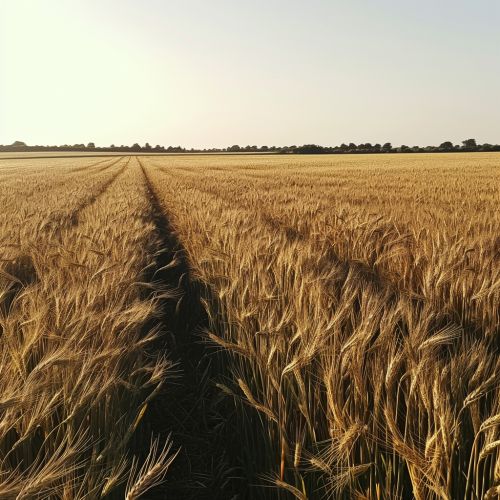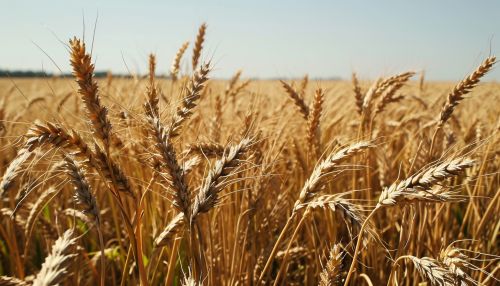Agriculture in Pakistan
Overview
Agriculture in Pakistan is a vital sector of the country's economy, responsible for generating substantial revenue and providing employment opportunities to a significant portion of the population. The country's diverse climate and fertile soil allow for a wide range of crops to be cultivated, including wheat, rice, cotton, and sugarcane.


History
The history of agriculture in Pakistan dates back to the Indus Valley Civilization, which was known for its advanced farming methods. The civilization cultivated a variety of crops, including wheat and barley, and developed irrigation systems to support their agricultural practices.
Agricultural Regions
Pakistan's agricultural regions can be broadly classified into four categories: the northern mountainous regions, the Indus River plains, the desert areas, and the coastal areas. Each of these regions has its unique characteristics and contributes to the country's agricultural output in different ways.
Crops
Wheat
Wheat is the staple food of Pakistan and the country's most cultivated crop. The crop is primarily grown in the Punjab and Sindh provinces, which have fertile soils and favorable climatic conditions for wheat cultivation.
Rice
Rice is another important crop in Pakistan, particularly in the Sindh and Punjab provinces. The country is one of the world's largest exporters of Basmati rice, a long-grain variety known for its fragrant aroma and delicate flavor.
Cotton
Cotton is a significant cash crop in Pakistan, contributing to the country's economy by providing raw material for the textile industry. The crop is primarily grown in the southern parts of Punjab and the Sindh province.
Sugarcane
Sugarcane is cultivated in Pakistan for sugar production. The crop is grown in the fertile plains of Punjab and Sindh, where the climate and soil conditions are suitable for sugarcane cultivation.
Livestock
Livestock farming is an integral part of Pakistan's agriculture sector, contributing significantly to the country's economy. The livestock sector includes the rearing of cattle, buffalo, sheep, goats, and poultry for meat, milk, and egg production.
Agricultural Practices
Agricultural practices in Pakistan vary depending on the region and the type of crop being cultivated. These practices include plowing, sowing, watering, harvesting, and post-harvest handling.
Challenges
Despite its importance, the agriculture sector in Pakistan faces several challenges. These include water scarcity, soil degradation, outdated farming techniques, and climate change. These challenges pose a threat to the country's food security and economic stability.
Future Prospects
The future of agriculture in Pakistan depends on the country's ability to overcome the challenges facing the sector. This includes adopting modern farming techniques, improving water management, and implementing sustainable agricultural practices.
